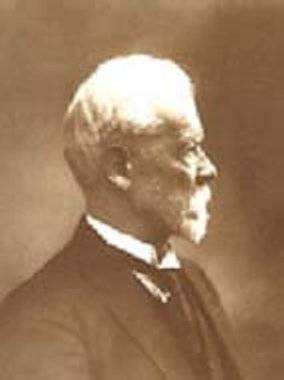Formal and informal organisation
With a small family business, it is unnecessary to have a formal structure. After all everybody should know each other and their individual roles and responsibilities. The business can be run relatively informally, without clearly laid down rules and procedures. The family probably have clear goals which are communicated both at work and outside.
However, as the business grows in size and the number of managers and employees increases, the common goals may begin to be diluted and unclear. At a certain growth point, it becomes necessary to make the organisation of the business more formal. This process will include:
- Structuring activities
- Allocating roles and positions and identifying responsibility and authority for each role
- Establishing rules, procedures and systems
- The separation of functions and the coordination of business activities
For large organisations, it is necessary to break down the structure into manageable and discrete groups, departments or functions. It is vital to coordinate activities to ensure that the goals of the business are achieved. However, it is also be necessary to allocate specific roles to individuals within these departments and delegate responsibility to them so they can focus on their specific function.
 Henri Fayol (1841 - 1925)
Henri Fayol (1841 - 1925)
Many of the ideas behind the formal organisation were the result of the work of Henri Fayol, who was one of the most influential contributors to modern concepts of management. He is largely responsible for introducing the concept of the organisation chart as well as span of control and chain of command.
Fayol identified 5 managerial functions:
- Planning
- Organising
- Commanding
- Coordinating
- Controlling
Fayol laid out organisational duties of a manager including:
- Ensuring that human and material structures are consistent with organisational objectives, resources and operating policies
- Harmonising activities and coordinating efforts
- Establishing a single guiding authority and lines of communication through the organisation
- Defining duties clearly
- Maintaining discipline
- Paying special attention to the authority of command
- Having everything under control
- Formulating clear, distinct and precise decisions
This strict, rigid structure ensured tight management control, but as organisations grew ever larger so did the number of authority levels and the top-down process became unwieldy. Despite Fayol's desire to fight excess regulation and paperwork, bureaucracy inevitably increased and organisations became increasingly inflexible, resistant to change and unsuited to modern competitive markets.
Since the 1980s, firms have sought to reduce levels of authority and rigid functional structures. Management theorists such as Henry Mintzberg developed concepts of 'emergent' strategies based on more creative and less formal management systems.